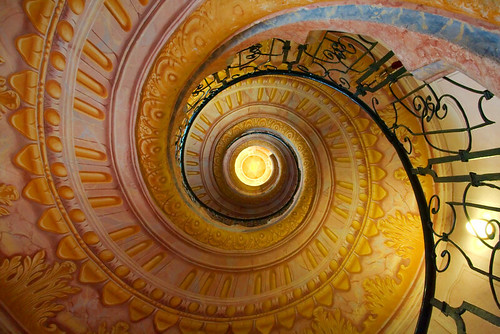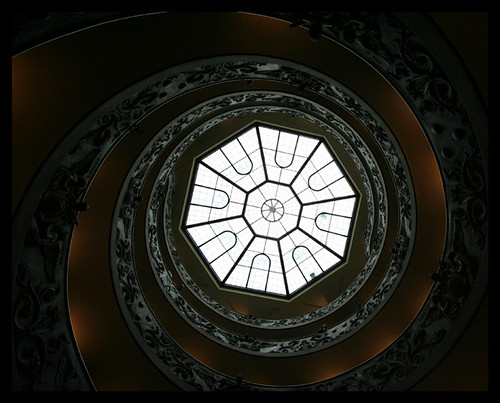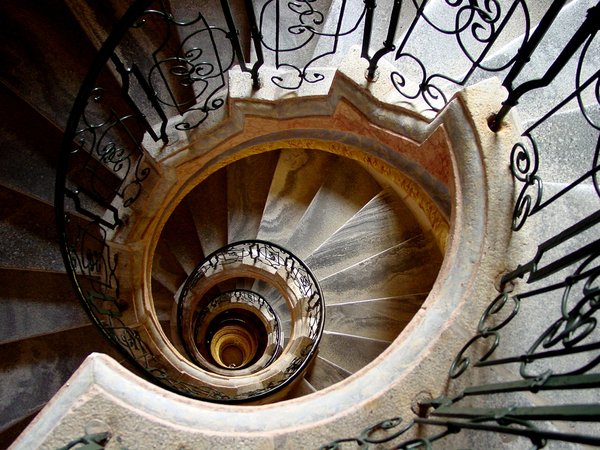
Karen Armstrong, the former Catholic nun and author of numerous books on comparative religion, asserts that "all the great traditions are saying the same thing in much the same way, despite their surface differences." They each have in common, she says, an emphasis upon the overriding importance of compassion, as expressed by way of the Golden Rule: Do not do to others what you would not have done to you.
The Spiral Staircase, my most favorite of Armstrong's various books, is an account of her young life as a nun in the 1960s. Though she sought "intensity and transformation in the life of a nun," Armstrong found instead a painful rigidity and deprivation. Friendship was not allowed, and the loneliness was unrelenting. Hemmed in by pointless rules, Armstrong came to feel like a miserable failure. When she left the convent in 1969, she was virtually oblivious to the fact that the world had been turned upside-down by social and political upheaval in the interim.
Armstrong's intelligence saved her, and she was able to carve out a niche for herself as an academic at Oxford where the study of literature stirred a dormant spiritual spark. She was especially drawn to T. S. Eliot's poem, "Ash Wednesday," from which came the title image of a spiral staircase. Armstrong deeply identified with Eliot's struggle with faith and his aspiration to move from spiritual barrenness to hope for human salvation:
I
Because I do not hope to turn again
Because I do not hope
Because I do not hope to turn
Desiring this man’s gift and that man’s scope
I no longer strive to strive towards such things
(Why should the agèd eagle stretch its wings?)
Why should I mourn
The vanished power of the usual reign?
III
At the first turning of the second stair
I turned and saw below
The same shape twisted on the banister
Under the vapour in the fetid air
Struggling with the devil of the stairs who wears
The deceitul face of hope and of despair.
At the second turning of the second stair
I left them twisting, turning below;
There were no more faces and the stair was dark,
Damp, jaggèd, like an old man’s mouth drivelling, beyond repair,
Or the toothed gullet of an agèd shark.
At the first turning of the third stair
Was a slotted window bellied like the figs’s fruit
And beyond the hawthorn blossom and a pasture scene
The broadbacked figure drest in blue and green
Enchanted the maytime with an antique flute.
Blown hair is sweet, brown hair over the mouth blown,
Lilac and brown hair;
Distraction, music of the flute, stops and steps of the mind
over the third stair,
Fading, fading; strength beyond hope and despair
Climbing the third stair.
- from T. S. Eliot, "Ash Wednesday"

Interestingly, Armstrong finds space to hope in one of T.S. Eliot's bleakest poems. Throughout The Spiral Staircase, Eliot is a focus for Armstrong's ritual energy, while paradoxically serving as a figure of the fall from faith. The further paradox is that Eliot later reversed, and defined himself as a believer, while Armstrong has never turned back.

:images deviant art


















































